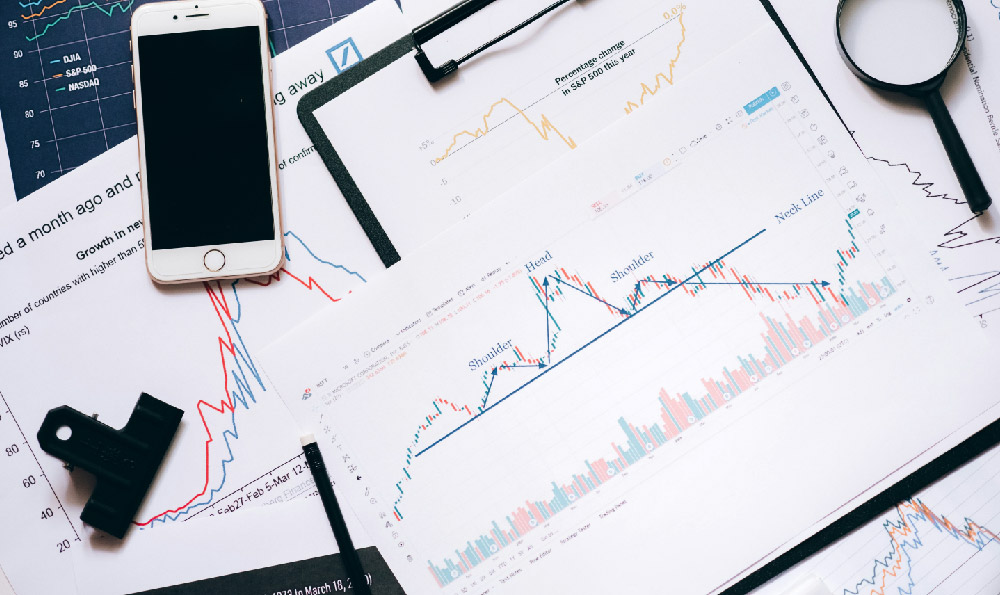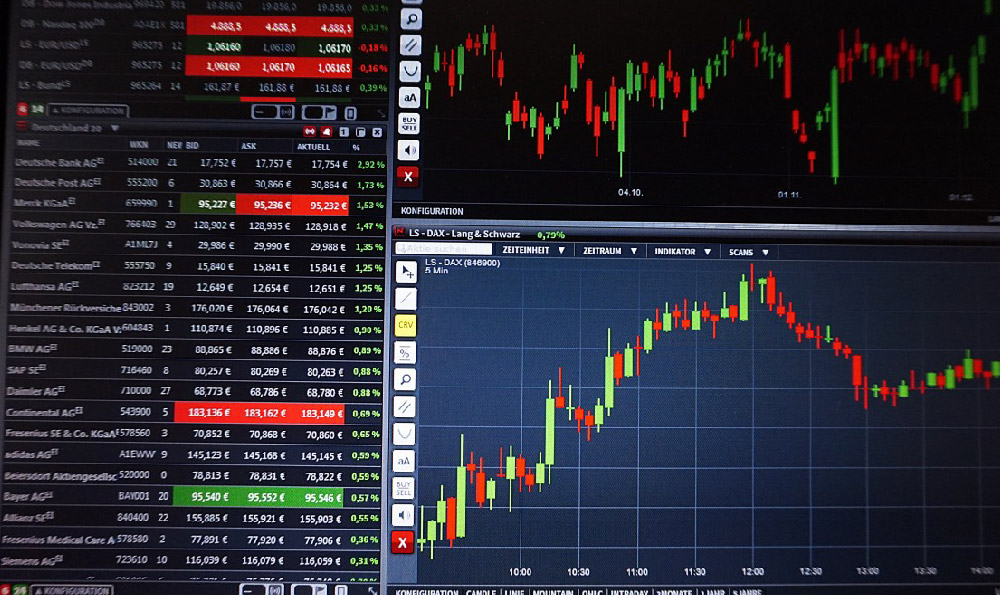
Keepbit's approach to secure signal execution is a multi-faceted one, focusing on protecting both the user's trading account credentials and the integrity of the trading signals themselves. The "how" centers around a combination of encryption, isolated environments, and robust authorization protocols, all aimed at minimizing the risk of unauthorized access or manipulation. The "why," equally important, addresses the crucial need for trust and reliability in automated trading systems, particularly within the often-volatile world of cryptocurrency. Let's delve into the details.
At the core of Keepbit's security architecture lies the principle of zero-knowledge access. This means that Keepbit itself never has direct, unfettered access to a user's exchange account. Instead, users grant limited permissions through API keys, specifically tailored for trading purposes only. These keys are then securely encrypted using industry-standard encryption algorithms (like AES-256) before being stored. The encryption keys themselves are managed using hardware security modules (HSMs), further bolstering the security by physically isolating them from the software environment, making them resistant to software-based attacks. Crucially, the private keys associated with these API keys are never stored in plaintext on Keepbit's servers.
Beyond the storage of credentials, the actual execution of trading signals is conducted within isolated and sandboxed environments. These environments are designed to prevent malicious code, should it somehow infiltrate the system, from accessing sensitive data or affecting other parts of the platform. Think of it as a virtual container where trades are executed, completely separate from the core infrastructure. This isolation is achieved through virtualization technologies and strict access control policies. Any attempt to break out of the sandbox or access unauthorized resources is immediately detected and blocked. This containment strategy effectively mitigates the risk of cross-contamination, safeguarding the integrity of the trading process.

Keepbit also employs rigorous input validation and sanitization techniques to prevent signal manipulation. Before any trade is executed, the incoming signal is thoroughly scrutinized to ensure it conforms to predefined parameters and rules. This includes verifying the signal's source, checking for inconsistencies, and rejecting any signals that deviate from established norms. For example, a signal to execute a trade far outside the current market price would be flagged as potentially malicious. This validation process acts as a critical filter, preventing the execution of fraudulent or erroneous trades.
Furthermore, Keepbit implements multi-factor authentication (MFA) for user accounts, adding an extra layer of security against unauthorized access. Even if a user's password is compromised, an attacker would still need to provide a second factor, such as a code generated by an authenticator app, to gain access to the account. This significantly reduces the risk of account takeover and unauthorized trading. Regularly security audits, performed by independent third-party firms, also provide another layer of security.
The importance of these security measures cannot be overstated, especially in the context of automated cryptocurrency trading. Cryptocurrency exchanges are often targeted by hackers and malicious actors, making the security of trading platforms paramount. Without robust security measures, users risk losing their funds due to unauthorized trading, account takeovers, or even platform breaches. This is not just about protecting individual investments; it is about maintaining trust and confidence in the overall ecosystem of automated trading.
Consider the alternative. Imagine a platform where API keys are stored in plaintext, trading signals are not validated, and user accounts are not protected by MFA. Such a platform would be a prime target for hackers, and users would be constantly at risk of losing their funds. The reputational damage to the platform itself would also be significant, likely leading to its collapse.
Keepbit's commitment to secure signal execution fosters trust and reliability, which are essential for attracting and retaining users. Users are more likely to entrust their funds to a platform that has a proven track record of security and that takes proactive measures to protect their assets. This trust, in turn, allows users to focus on developing and implementing their trading strategies, without having to worry about the security of their funds.
Moreover, secure signal execution is crucial for maintaining the integrity of the market. If a platform is vulnerable to manipulation, it can distort market prices and create unfair trading conditions. This can erode investor confidence and undermine the stability of the market as a whole. By preventing signal manipulation, Keepbit contributes to a more fair and efficient market for all participants.
In conclusion, Keepbit's multi-layered approach to secure signal execution, encompassing encryption, isolated environments, rigorous input validation, and multi-factor authentication, is not just a technical necessity but a fundamental requirement for building trust and reliability in the automated trading space. It safeguards user funds, protects against unauthorized access and manipulation, and contributes to the overall integrity of the market. By prioritizing security, Keepbit empowers users to confidently participate in automated trading, knowing that their assets are well-protected. The "why" boils down to this: without robust security, automated trading is simply too risky. Keepbit's security measures address this risk head-on, making automated trading a viable and trustworthy option for users seeking to optimize their investment strategies.





